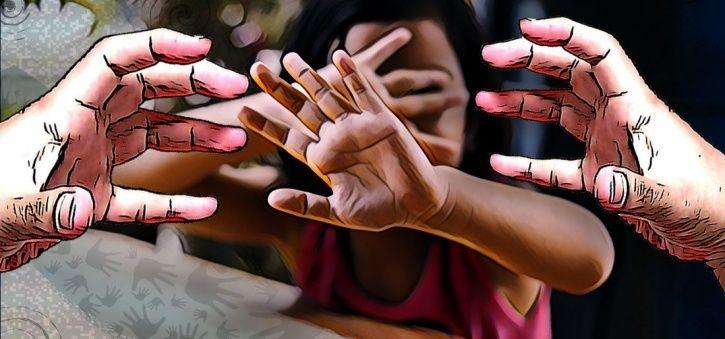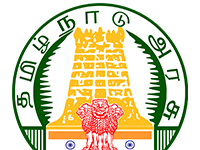In order to strengthen women safety, the Union Home Minister launched the National Database on Sexual Offenders (NDSO) in September 2018, which will be accessible only to law enforcement agencies, will assist in effectively tracking and investigating cases of sexual offences.
The database includes offenders convicted under charges of rape, gang rape, POCSO and eve teasing. At that time, the database contained almost 4.4 lakh entries and now within a span of six months, names of more than five lakh sex offenders have been added to the list.
Speaking to PTI, a senior home ministry official said, “As or now, we have uploaded details of over five lakh sex offenders.” The database includes name, address, photograph and fingerprint details for each entry. However, the database will not compromise any individual’s privacy.

At the time of its launch, the state police were even requested to update the database regularly from 2005 onwards. India became the ninth country in the world to have a database on sex offenders. The United States, United Kingdom, Australia, Canada, New Zealand, South Africa are a few countries that maintain a database like this.
However, the U.S is the only country where the sex offender registry is available to the public. PTI reported that as per National Crime Records Bureau (NCRB) statistics, as many as 38,947 rape cases were registered in 2016, against 34,651 in 2015. Overall crimes against women rose from 3,29,243 in 2015 to 3,38,954 in 2016. Though, NCRB reports on crimes in 2017 and 2018 are yet to be published.
Along with the NDSO, the ministry had also launched “cybercrime.gov.in” portal that will assist in receiving complaints from citizens on objectionable online content related to child pornography, child sexual abuse material, sexually explicit material such as rape and gang rape.
The government even released a grant of Rs. 94.5 crore to States/UTs for establishing cyber forensic-cum-training laboratories to strengthen cybercrime investigation and conduct training programmes to enhance capabilities of Police officers, public prosecutors and judicial officers. A majority of cases in 2016 categorised as crimes against women were reported under cruelty by husband or his relatives (32.6 per cent), followed by assault on woman with intent to outrage her modesty (25 per cent), kidnapping and abduction of women (19 per cent), and rape (11.5 per cent).






























